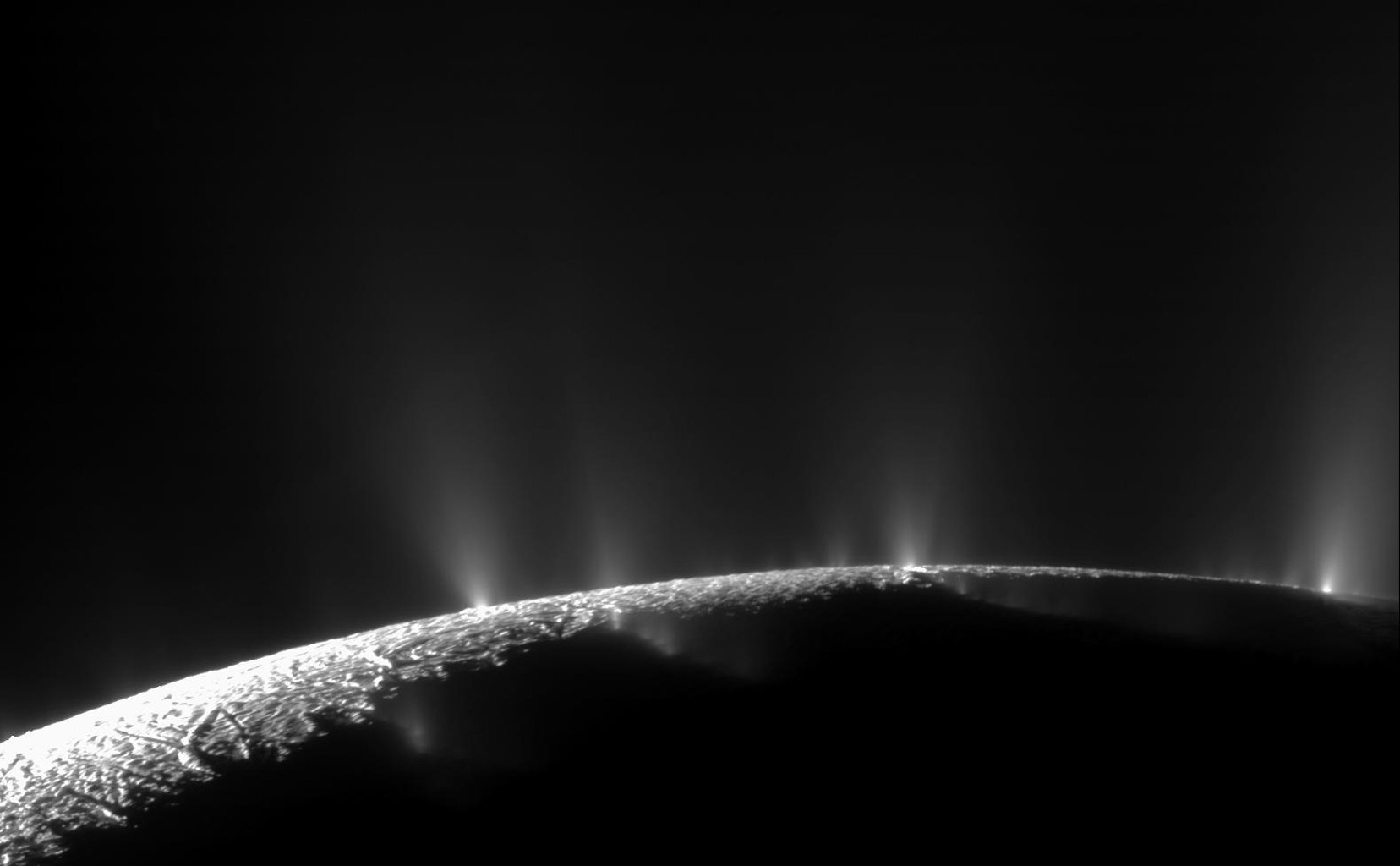December 20, 2023
Revisiting Cassini’s Data Unveils a Multitude of Molecules in Enceladus’s Plumes

Cassini Mission Overview
- The Cassini mission, launched in October 1997 by NASA, ESA, and ASI, centered on studying Saturn, its rings, moons, and magnetosphere. Its key objectives included a comprehensive study of Saturn’s atmosphere, exploration of its rings and moons, and an in-depth analysis of its magnetosphere.
Milestones and Discoveries
- The mission’s notable achievements include the successful landing of the Huygens probe on Titan, discovery of geysers on Enceladus, identification of new moons, and a detailed analysis of Saturn’s rings. The detection of water-ice geysers erupting from Enceladus’s south pole and indications of a subsurface ocean were among the groundbreaking discoveries.
Re-analysis of Enceladus’s Plumes
- Led by Jonah Peter from the California Institute of Technology, a recent re-examination of Cassini’s data utilized statistical analysis techniques, unveiling an array of previously unidentified molecules within the plumes.
Enhanced Molecular Insights
- The re-analysis brought to light the presence of diverse hydrocarbons such as hydrogen cyanide (HCN), acetylene (C2H2), propylene (C3H6), ethane (C2H6), alongside methanol and molecular oxygen. Furthermore, it confirmed the definitive presence of nitrogen, notably in the form of HCN, resolving previous uncertainties in the data analysis.
Implications for Habitability
- This discovery suggests a complex chemical environment beneath Enceladus’s surface, potentially aligning with conditions conducive to habitability. The identified compounds, coupled with mineralogical catalysts and redox gradients, hint at the possibility of supporting microbial life or fostering complex organic synthesis.
Considerations on Life Sustainability
- However, the capacity of these compounds to sustain life hinges upon their concentration within Enceladus’s subsurface ocean. This revelation marks a significant leap in understanding the potential habitability of this enigmatic moon.
Conclusion
- The re-evaluation of Cassini’s data from Enceladus not only expands our understanding of its chemical composition but also underscores the tantalizing possibility of habitable conditions lurking beneath its icy surface. Further exploration and analysis hold the key to unraveling the mysteries of this intriguing moon and its potential for sustaining life.
Daily Gist : The Hindu/Indian Express : 30 Jan 2025
January 30, 2025
Gist of editorial : the Hindu/ Indian Express/20 Jan 2025
January 20, 2025
Daily the Hindu/ Indian Express Editorial Gist: 14 Jan 2025
January 14, 2025
